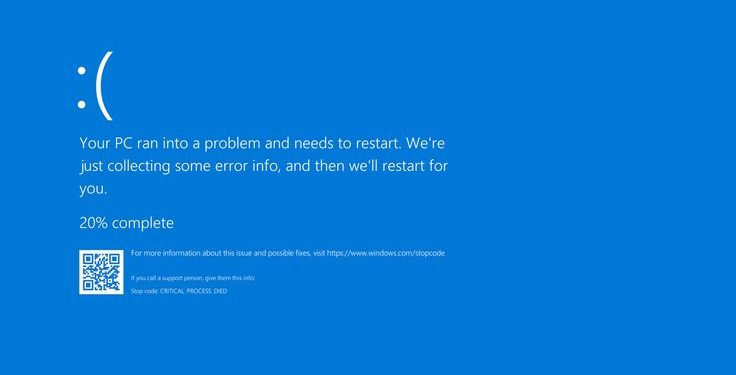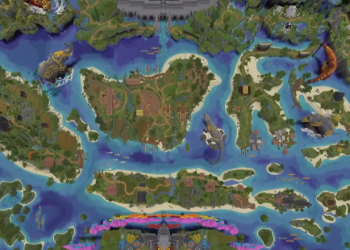Jakarta, Indonesia Sentinel — Microsoft is officially retiring the infamous Blue Screen of Death (BSOD), a longtime hallmark of Windows system crashes that has frustrated millions of users for decades. The company announced that the blue error screen will soon be replaced with a black version, signaling a new chapter in the Windows operating system experience.
“Microsoft is phasing out a well-known feature that has long appeared on Windows computers, aiming to simplify the experience of unexpected system restarts with a new black error screen,” the company said, as reported by CNN on Friday (June 27).
The Blue Screen of Death has been a defining and often dreaded feature of Windows for nearly 40 years, appearing whenever a serious hardware or software failure forced the system to halt operations and display a crash error message to prevent further damage. The screen’s distinct blue hue and sad-face emoticon became instantly recognizable symbols of a system crash and lost work.
When the BSOD appeared, users typically had to restart their devices, often losing any unsaved data in the process. Microsoft’s redesign, dubbed the “Black Screen of Death,” aims to modernize the experience. The new version will resemble the screen that appears during Windows updates and will no longer feature the iconic sad face.
Read Also:
Spain Plans to Build the World’s Tallest Jesus Statue, Surpassing Brazil’s ‘Christ the Redeemer’
In addition to its updated appearance, the black screen will reduce reboot times to approximately two seconds for most users. It will also present error information more directly. The screen will display the standard message, “Your device ran into a problem and needs to restart,” along with a percentage indicator showing the restart process.
Below that, the stop code and the name of the faulty driver will appear—information that previously required users to manually dig through crash dump files.
These crash dump files, or memory dumps, are logs automatically generated by Windows during a fatal system error. They include a snapshot of the system’s memory at the time of the crash, including running processes, active drivers, the kernel state, and the last instructions before the failure.
David Weston, Microsoft’s Vice President of Enterprise and OS Security, said the change is meant to offer clearer, more actionable crash information. “This is truly an effort to provide clarity and better data, and to help both us and customers more quickly understand the root cause so we can fix it faster,” Weston told The Verge on Monday (June 30).
The Black Screen of Death is expected to roll out starting in late summer 2025, sometime between July and September, alongside the latest update to Windows 11. However, Microsoft has yet to confirm the exact launch date for the revamped error screen.
(Raidi/Agung)
























